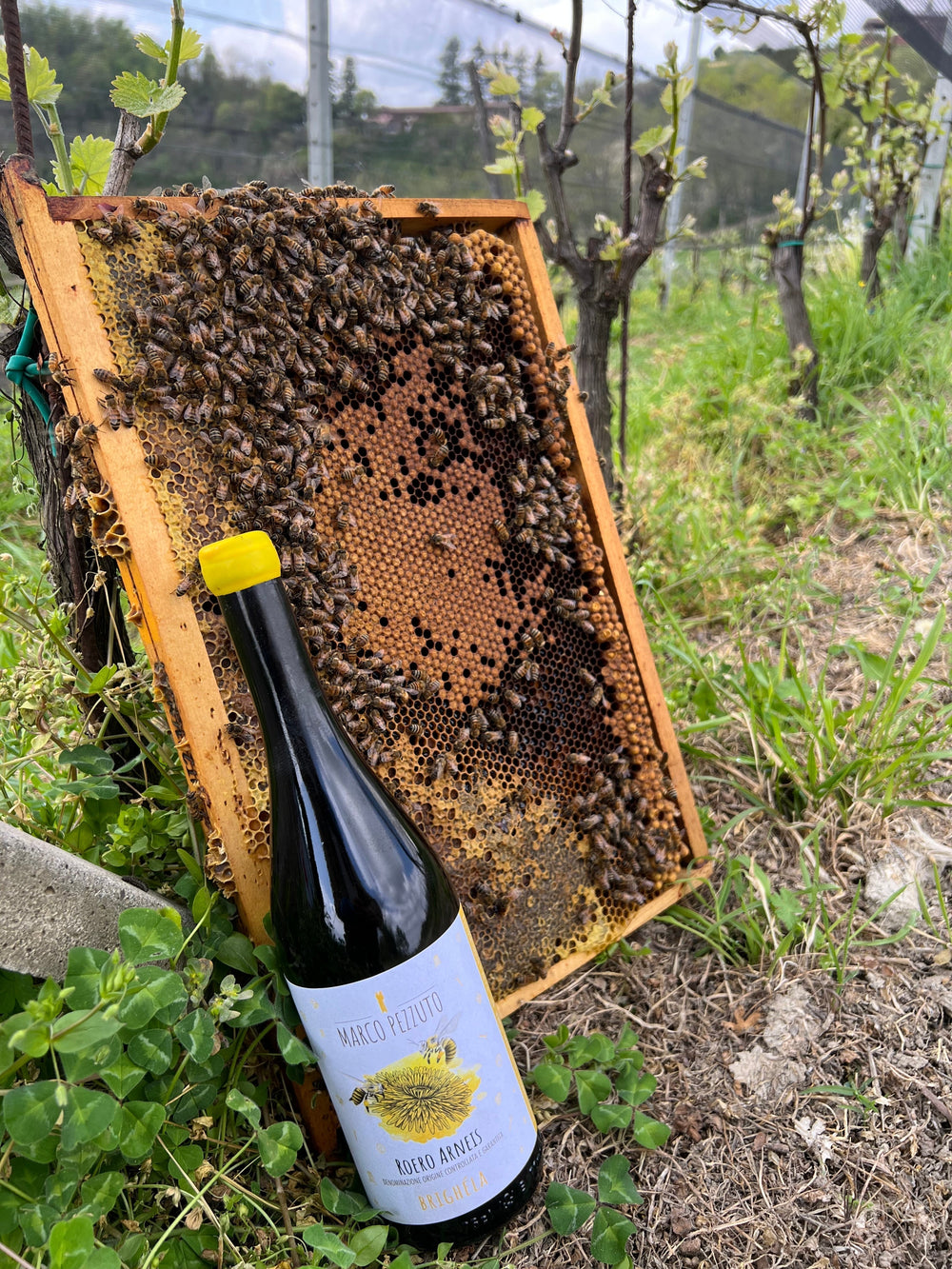
Bees, Biodiversity, and Better Wine: Nature’s Secret Ingredient in the Vineyard With Marco Pezzuto
🐝 Bees, Biodiversity, and Better Wine: Nature’s Secret Ingredient in the Vineyard With Marco Pezzuto
Productive agriculture that also respects and improves its environment is possible.
It takes more care, more time, and yes—more investment. But what it gives back is worth so much more: a better product, a better planet, and a future where the landscapes, and experiences we value today are still alive and accessible for the generations that follow.
What Do Bees Have to Do with Wine?
For a long time, people believed bees were pretty much irrelevant in vineyards. After all, grapevine flowers are self-fertile—they don’t need bees to pollinate them. But as it turns out, bees visit these flowers anyway, collecting pollen and playing a quiet but powerful role in vineyard life.
Bees: The Unsung Heroes of Biodiversity
In a well-managed agricultural ecosystem, bees are the ultimate biodiversity boosters. Their presence allows for a greater variety of herbaceous plant species to thrive in the soil. That diversity matters—because it enhances soil fertility, strengthens vine health, and ultimately leads to better quality grapes... and even better wine.
And that’s not all. A healthy, diverse ground cover also helps prevent erosion from wind and water—keeping the vineyard ecosystem stable and strong.
Bees and Yeast: A Natural Fermentation Partnership
Bees spread yeast. Not on purpose—but it happens naturally. Recent studies have shown that yeast cells can survive inside a bee’s digestive system. When the growing cycle resumes and flowers begin to bloom, the yeast—including strains like Saccharomyces cerevisiae, the main player in wine fermentation—is spread by bees onto pollen. 🐝➕🌸 = 🍷
Pollen as a Microbial Playground
Pollen is already incredibly rich in essential nutrients, but bees enhance it further by seeding it with thousands of microorganisms. These microbes multiply on the pollen and eventually make their way onto grape skins.
In vineyards where biodiversity is protected and beekeepers are nearby, scientists have found higher populations of wild yeasts on grape skins—especially those useful in fermentation. This wild yeast diversity gives winemakers more complexity, character, and expression in their wines.
🌱 The Takeaway
Bees aren’t just little visitors in the vineyard. They’re crucial allies in the journey from soil to grape to glass. Supporting them means supporting a healthier planet, richer soil, better grapes, and delicious wine.🍷🐝



Leave a comment